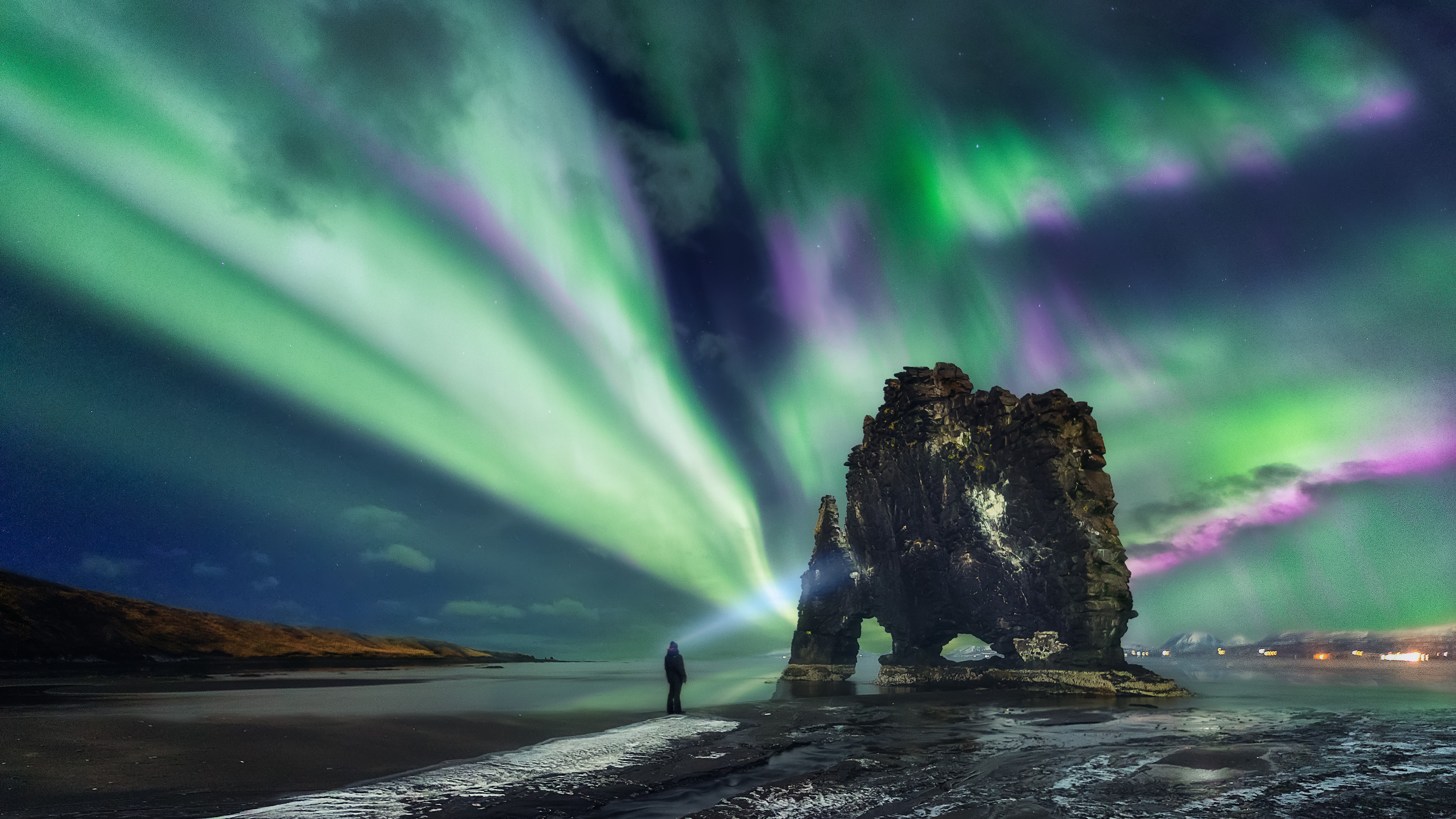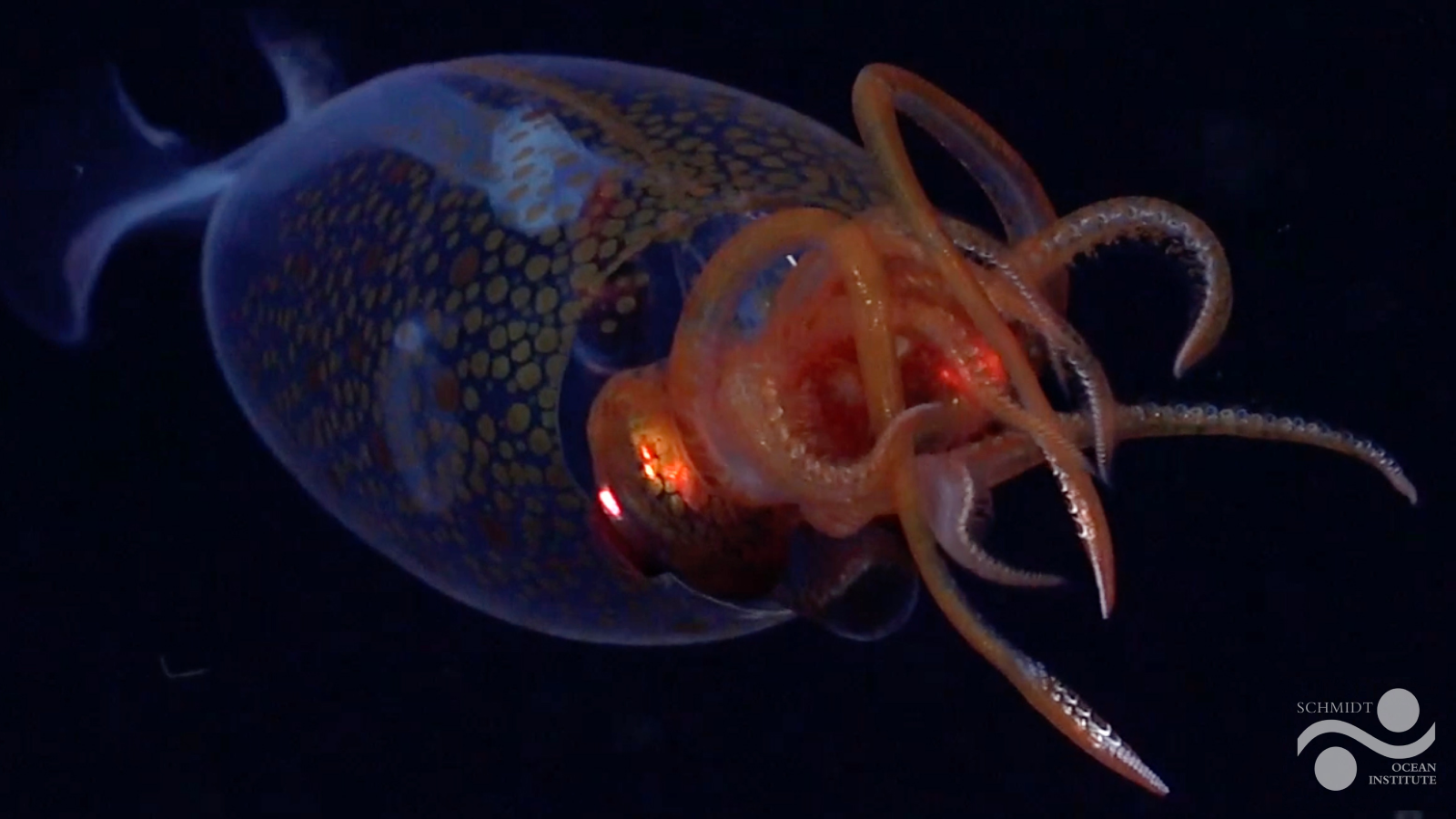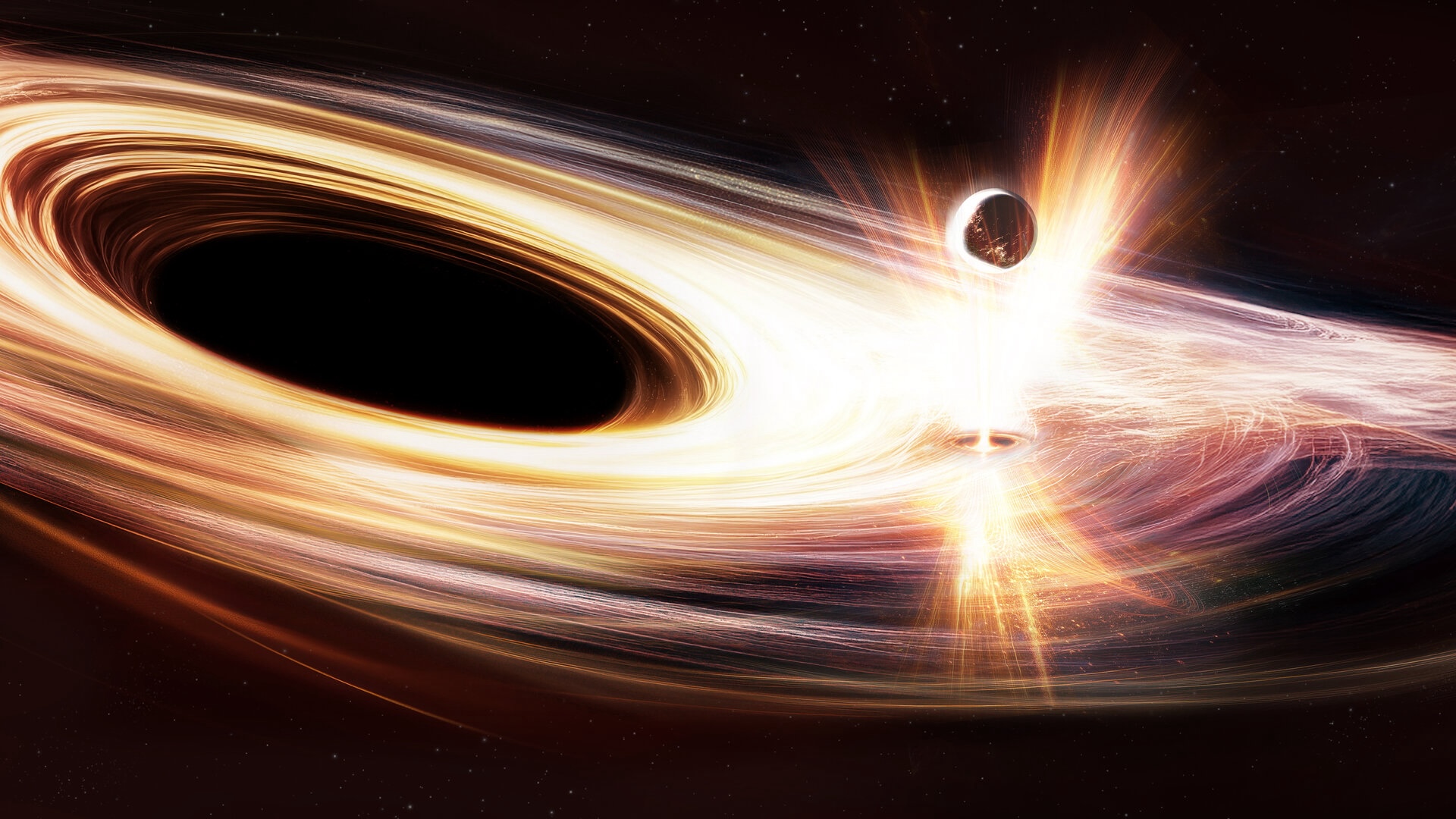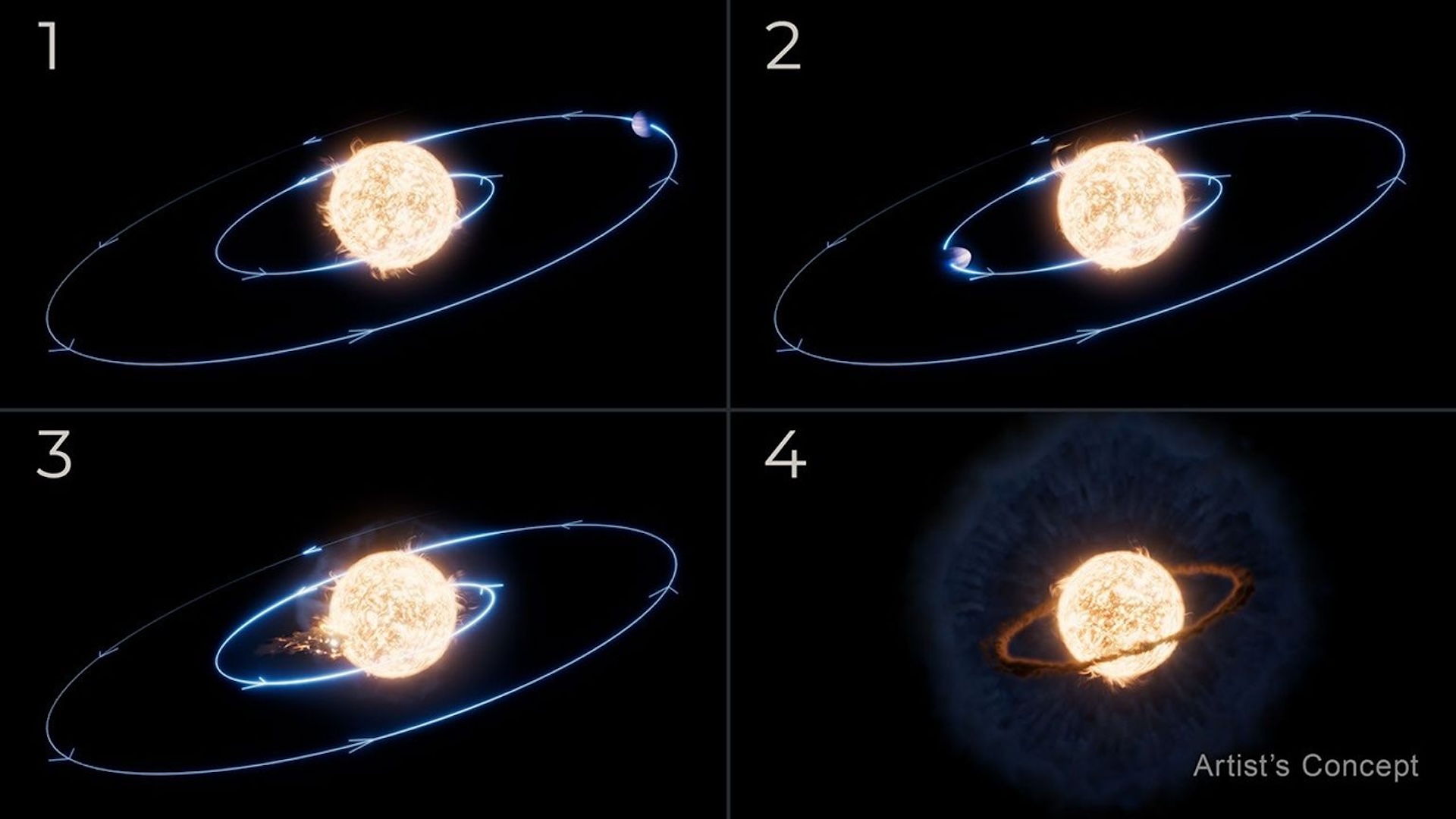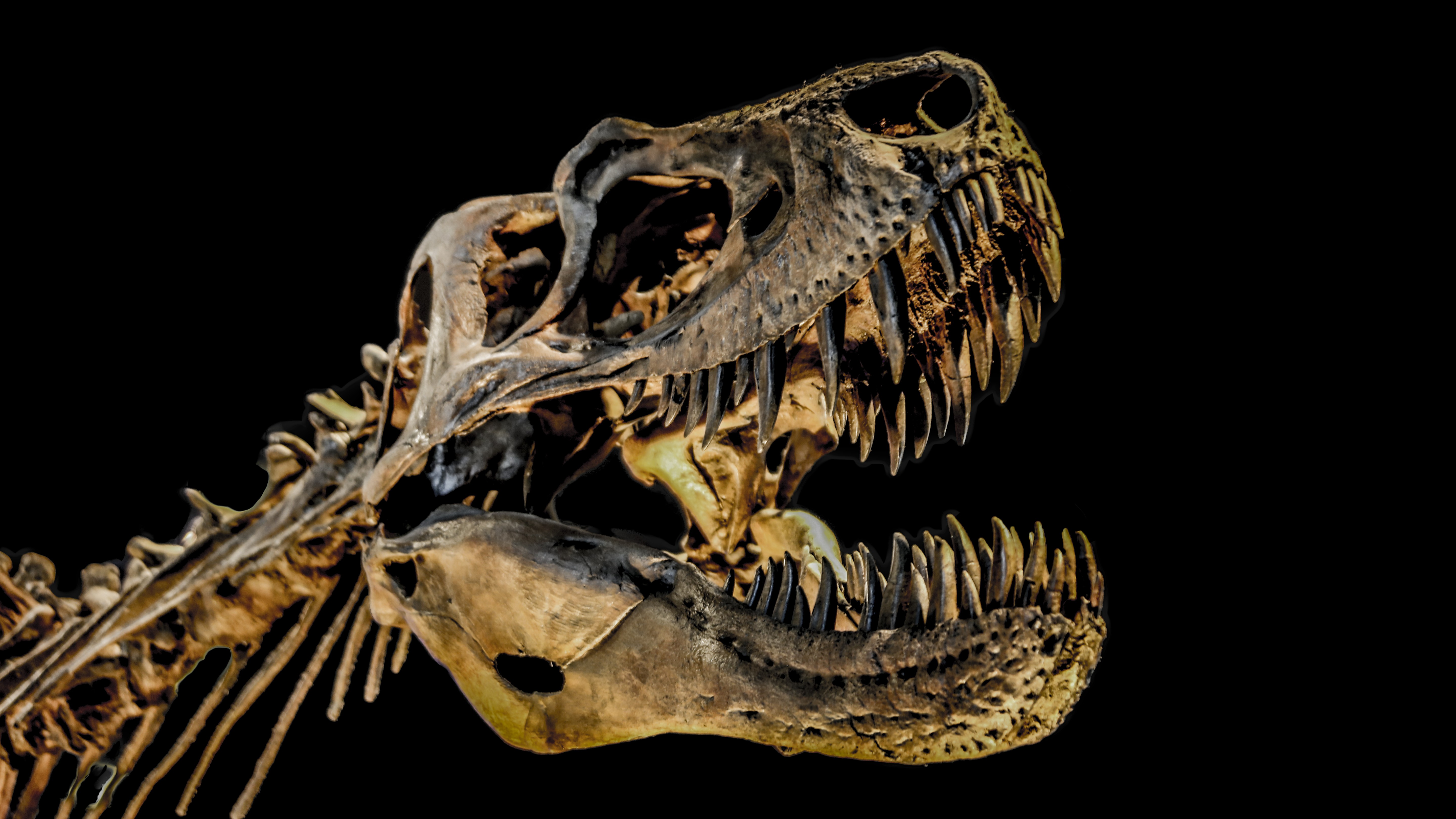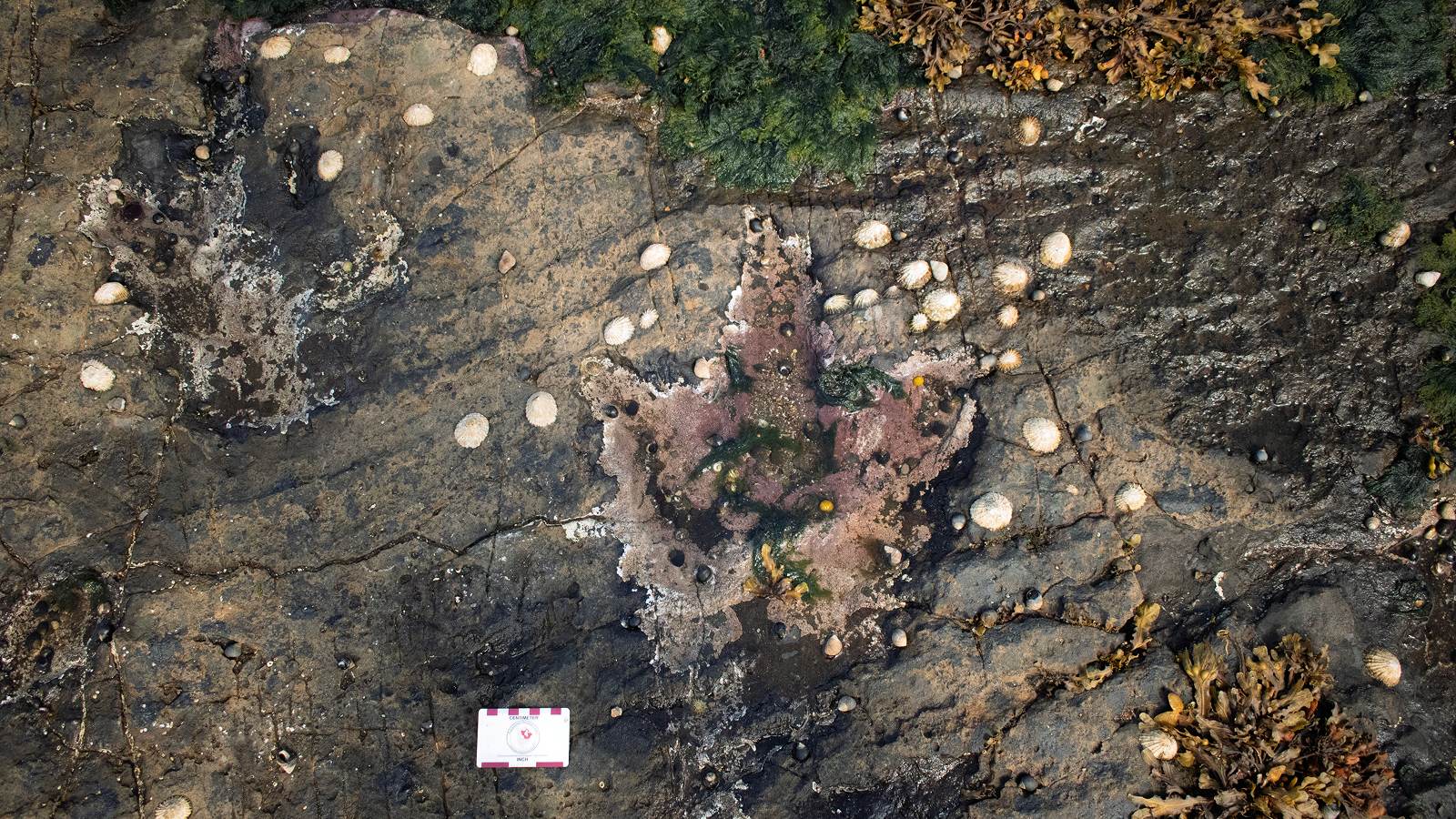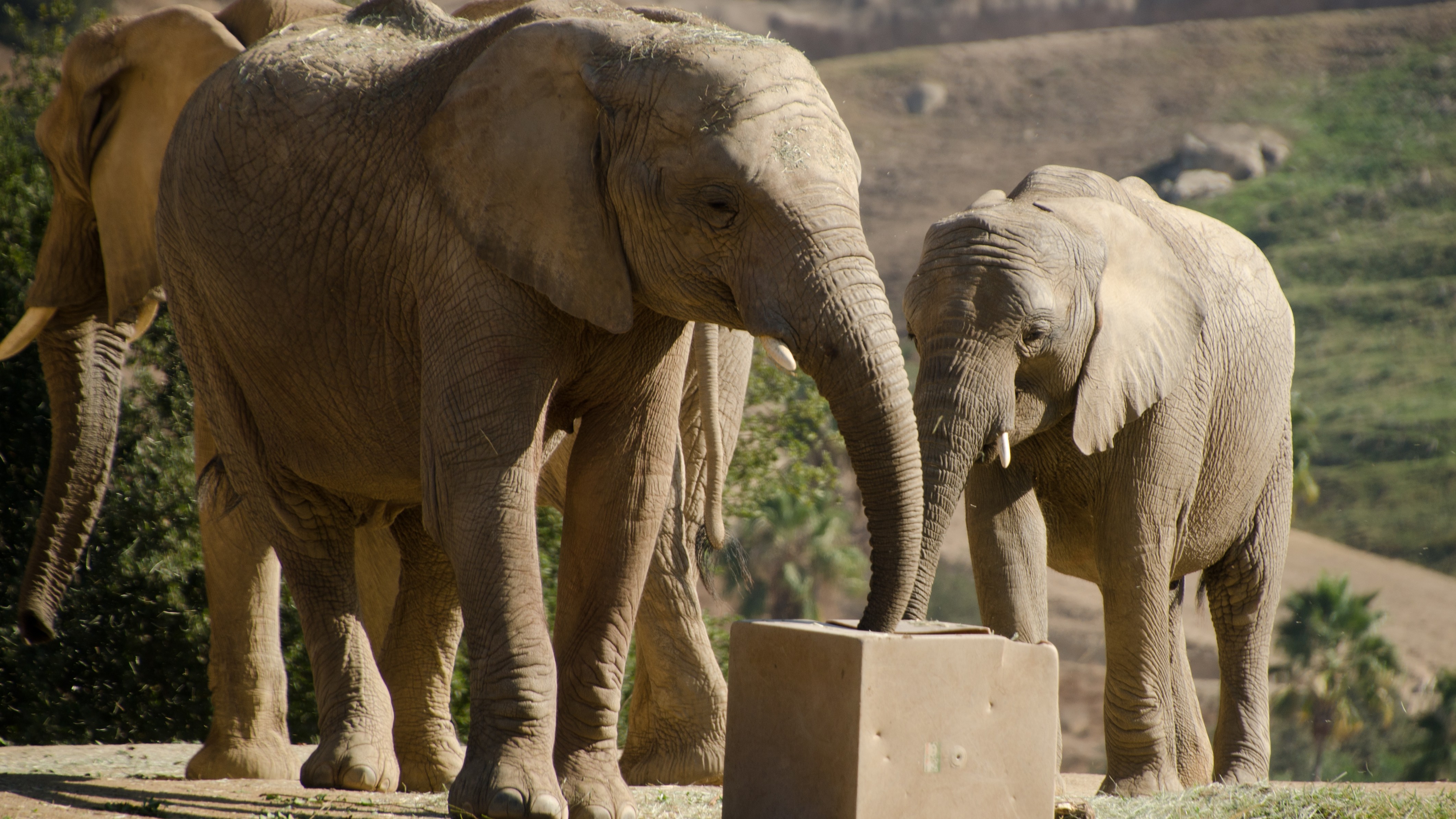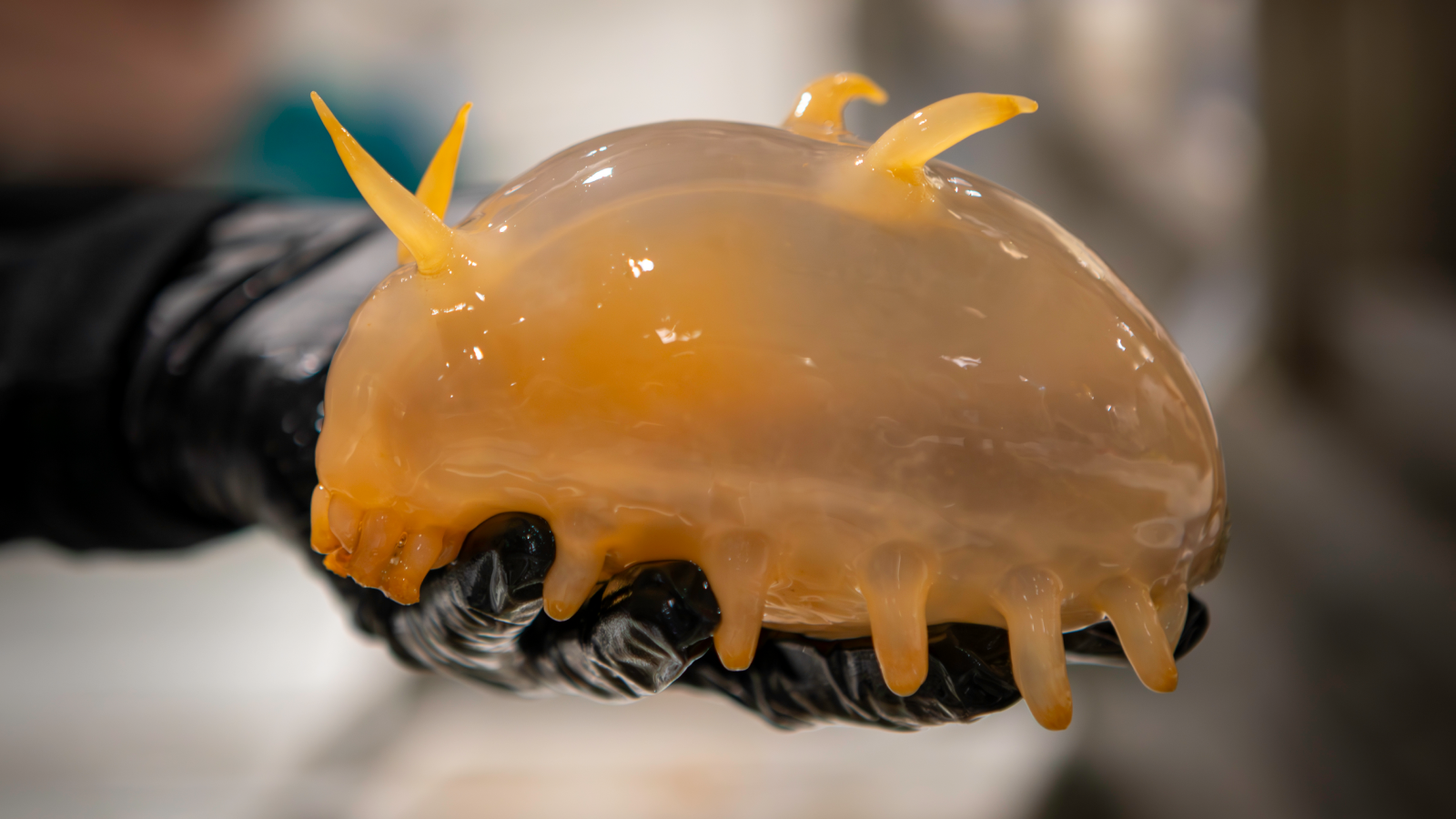Nuzzling T. rexes and grappling sauropods: Dinosaurs on 'Prehistoric Planet' will astonish you
'Prehistoric Planet' merges science with Hollywood special effects.
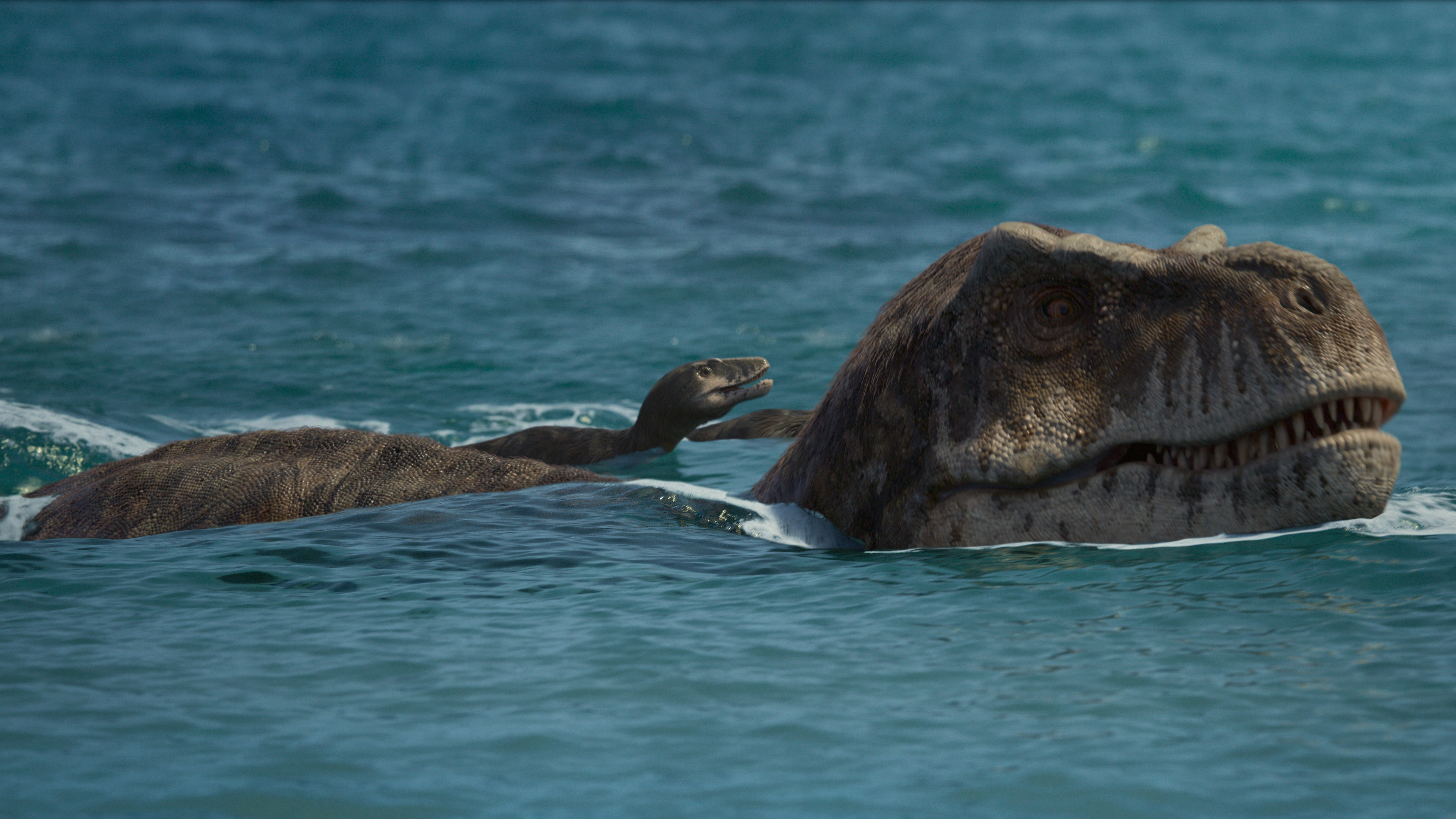
What would happen if you put Sir David Attenborough and a specialist team of wildlife filmmakers in a time machine and set the dial to 66 million years ago — to the end of the Cretaceous period and the final days of the dinosaurs? An upcoming documentary series aims to provide visually stunning answers to that intriguing question.
"Prehistoric Planet" debuts on Apple TV+ on May 23, launching a five-night dinosaur extravaganza. There's no time machine, but the series does the next best thing by pairing BBC Studios Natural History Unit — the team behind nature documentaries like "Planet Earth" (BBC, 2006) — with the Moving Picture Company's visual effects team that’s worked on Hollywood movies like “The Lion King” (Walt Disney Pictures, 2019).
The result of this partnership is spectacular: scientifically accurate dinosaurs brought to life through computer-generated imagery (CGI), and shown behaving in ways never before seen in movies or television.
"These are not monsters," executive producer Mike Gunton said at a behind-the-scenes press tour. "These are extraordinary animals with complex behavior, complex lives, and our aim was to show you the unexpected."
Related: Cretaceous dinosaurs come to life in stunning footage from 'Prehistoric Planet'
Each of the five episodes of "Prehistoric Planet" will explore a different habitat, including coasts, deserts, freshwater lakes and rivers, icy landscapes and lush forests. In the episode devoted to creatures living in and around freshwater, you'll see a fierce-looking Tyrannosaurus rex gently nuzzle a potential mate during a moment of courtship.
The scene “sort of epitomizes the series as a whole for me because it shows the familiar — a dinosaur that everybody knows — but depicted slightly differently to what we've become used to seeing with the T. rex," showrunner Tim Walker said at the press tour. "And the second part of why it epitomizes the series is because it's deeply rooted in science."
Sign up for the Live Science daily newsletter now
Get the world’s most fascinating discoveries delivered straight to your inbox.
A 2017 study published in the journal Scientific Reports found evidence that tyrannosaurs had sensitive snouts that would have helped them perform delicate behaviors, such as gently picking up their eggs or potentially nestling against the faces of other tyrannosaurs before mating.
If you’re hoping to see teeth and claws, however, you won't be disappointed, as the series features plenty of dinosaurs behaving like mighty predators. One episode shows a gripping chase between a small pack of tyrannosaurs and a herd of Pachyrhinosaurus — relatives of triceratops. But even in that hunting scene there are details that may surprise even the most die-hard dinosaur fan. For example, the tyrannosaurs are from the genus Nanuqsaurus, which means "polar bear lizard," and the hunt takes place during a snowstorm.
"We know that these dinosaurs at the Poles, as surprising as it might seem, did live in cold, snowy environments [that were] dark for most of the year," Darren Naish, a paleontologist and the show's chief scientific advisor, said at the press event.
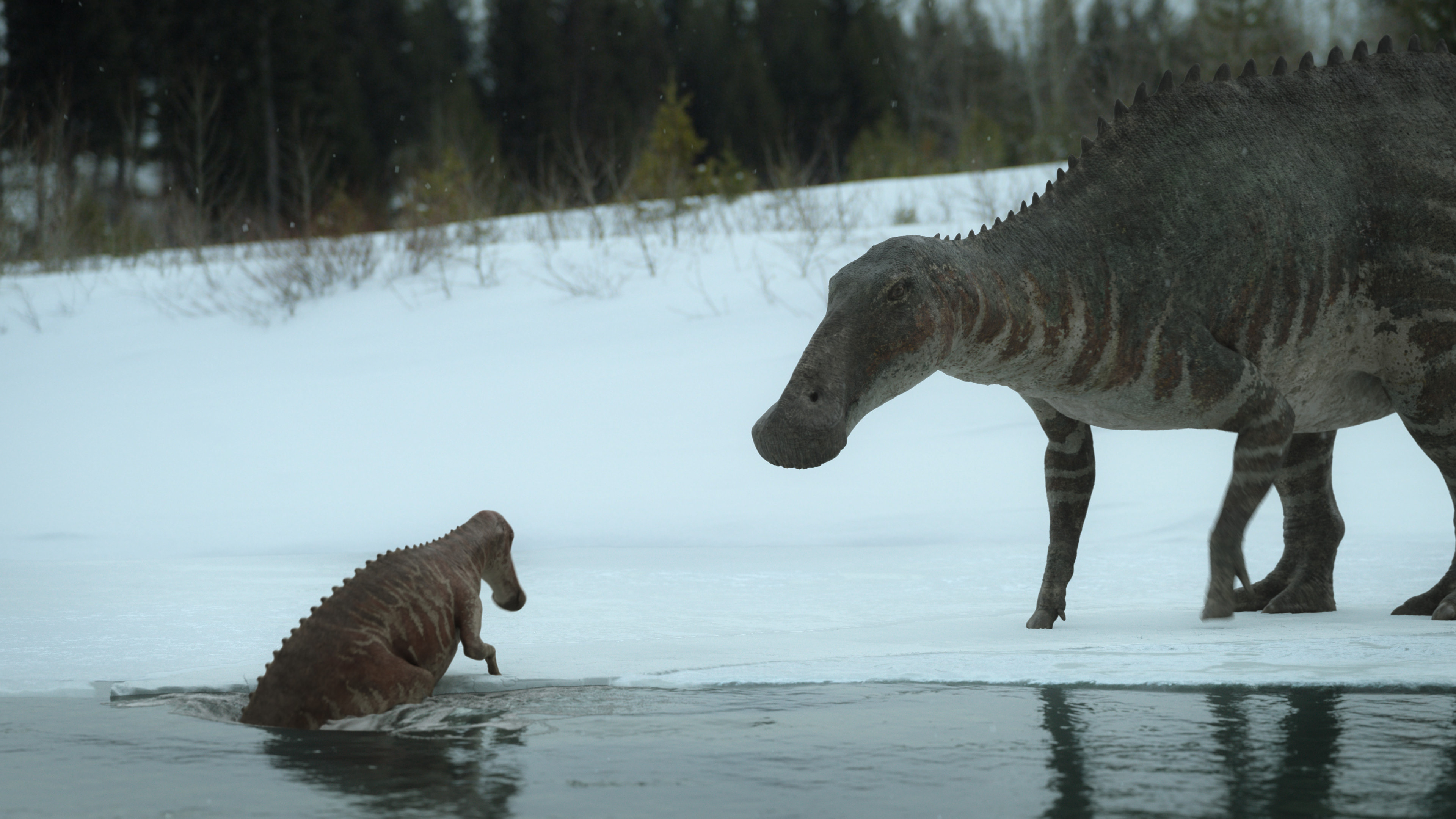
"Prehistoric Planet" pulls information from a variety of scientific disciplines, including climate modeling, paleontology and contemporary biology. "We're kind of like Sherlock Holmes pulling together the evidence from a forensic incident," Gunton said. "And as you pull these threads together, you start to weave them together and a picture starts to emerge."
Just like a modern nature documentary, the creatures are presented as individual characters, and the filmmakers give you reasons to root for them. In the deserts episode, you'll see two male, long-necked sauropods in the genus Dreadnoughtus battle for mating opportunities with females. A seasoned champion is challenged by a younger foe, and the herbivores clash like vicious titans in a dusty arena.
The on-screen action is accompanied by an original score by Academy Award-winning composer Hans Zimmer, whose iconic music can be heard in films such as "Gladiator" (Universal Pictures, 2000).
Filming took place in real-world locations, as though the extinct animals were really there, to make the scenes feel more authentic. This determination by filmmakers to make the show feel authentic is also reflected in how the animals were “filmed." That meant no through-the-legs camera angles that might appear in animated movies, but wouldn't be possible to film in natural settings with living wild animals.
"Prehistoric Planet" is a global snapshot of life towards the close of the Cretaceous period (about 145 million to 66 million years ago), featuring not just dinosaurs but also birds, reptiles, amphibians and even mammals. In total, the show recreates 95 different CGI animals. Some species have familiar names but unfamiliar appearances that reflect scientists' improved understanding of the fossil record, such as a Velociraptor covered in feathers.
There are also many animals viewers will likely be seeing for the first time, including a long-snouted stripy predator called Qianzhousaurus, discovered in 2014, chasing blue cassowary-like Corythoraptors, discovered in 2017.
"There's actually a pretty good list of brand-new animals that have never been brought to the screen before," Naish said.
“Prehistoric Planet” debuts on Apple TV+ from May 23 to May 27. Apple TV+ is available on various devices using the Apple TV app.
Originally published on Live Science.

Patrick Pester is the trending news writer at Live Science. His work has appeared on other science websites, such as BBC Science Focus and Scientific American. Patrick retrained as a journalist after spending his early career working in zoos and wildlife conservation. He was awarded the Master's Excellence Scholarship to study at Cardiff University where he completed a master's degree in international journalism. He also has a second master's degree in biodiversity, evolution and conservation in action from Middlesex University London. When he isn't writing news, Patrick investigates the sale of human remains.

